The Best Companion Plants For Moonbeam Coreopsis: Create A Beautiful And Lowmaintenance Garden
The Best Companion Plants for Moonbeam Coreopsis: Create a Beautiful and Low-Maintenance Garden
Moonbeam coreopsis is a beautiful and low-maintenance perennial that is perfect for adding a splash of color to any garden. It blooms from early summer to fall, and its delicate yellow flowers are sure to attract butterflies and other pollinators.
If you're looking to create a beautiful and low-maintenance garden with moonbeam coreopsis, you'll need to choose the right companion plants. Here are some of the best companion plants for moonbeam coreopsis:
- Black-eyed Susans: These bright yellow flowers bloom at the same time as moonbeam coreopsis, and they make a great contrast. Black-eyed Susans are also drought-tolerant and easy to care for.
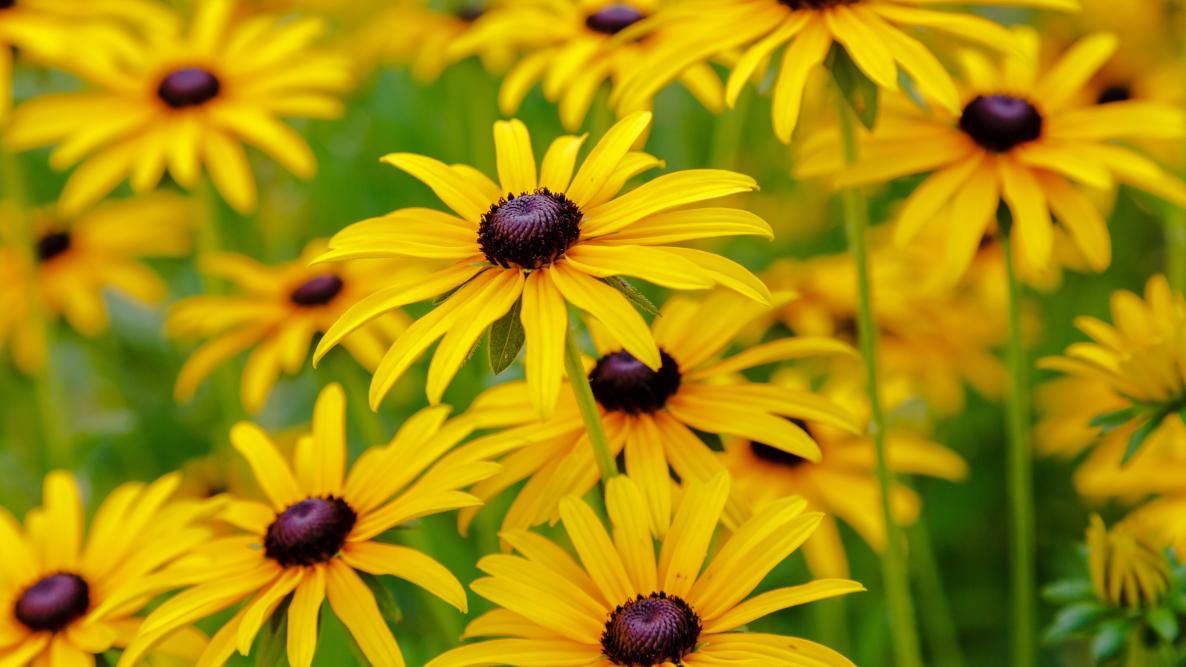
- Catmint: This low-growing plant has blue flowers that bloom in summer. Catmint is a great companion plant for moonbeam coreopsis because it attracts pollinators and helps to deter pests.

- Yarrow: This versatile plant comes in a variety of colors, including yellow, white, pink, and red. Yarrow is drought-tolerant and easy to care for, and it can help to suppress weeds.

- Salvias: These colorful flowers bloom in summer and fall. Salvias are a great choice for companion plants because they attract pollinators and help to deter pests.

- Zinnias: These brightly colored flowers bloom in summer and fall. Zinnias are easy to care for and can tolerate a variety of soil conditions.
When choosing companion plants for moonbeam coreopsis, it's important to consider the following factors:
- Plant height: Moonbeam coreopsis is a medium-height plant, so you'll want to choose companion plants that are similar in height.
- Bloom time: You'll want to choose companion plants that bloom at the same time as moonbeam coreopsis, or that bloom at different times of the year to extend the bloom season.
- Sunlight requirements: Moonbeam coreopsis needs full sun, so you'll want to choose companion plants that also need full sun.
- Soil conditions: Moonbeam coreopsis is not too fussy about soil conditions, but it does prefer well-drained soil.
With a little planning, you can create a beautiful and low-maintenance garden with moonbeam coreopsis and the right companion plants.
Moonbeam coreopsis is a beautiful, low-maintenance perennial that is perfect for adding a touch of sunshine to any garden. But what companion plants should you pair it with?
Here are a few ideas to get you started:
- Lavender: The lavender's purple flowers will complement the moonbeam coreopsis's yellow blooms perfectly. Lavender is also a drought-tolerant plant, so it will thrive in the same conditions as moonbeam coreopsis.
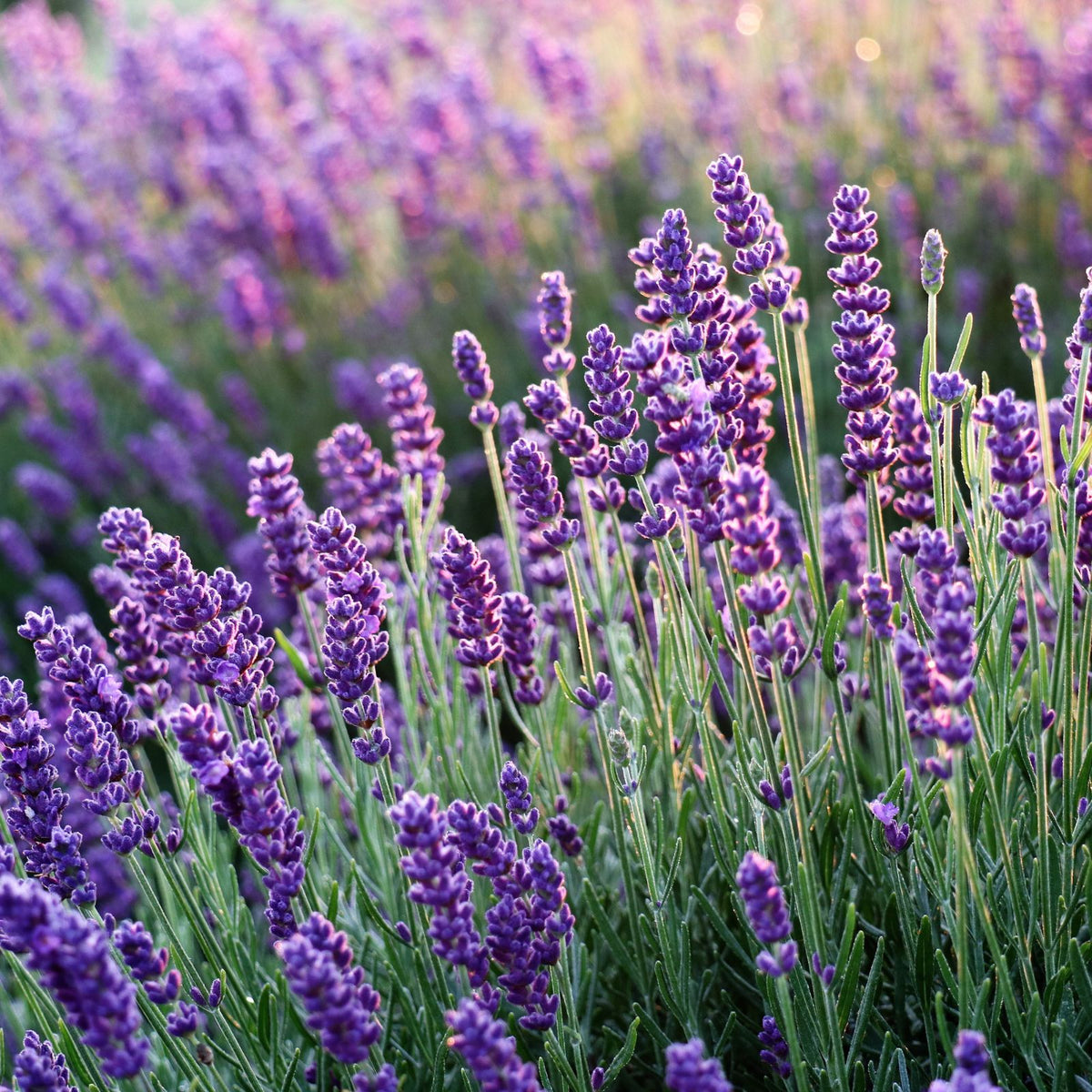
- Salvia: Salvia comes in a variety of colors, so you can find one that will perfectly match your moonbeam coreopsis. Salvia is also a pollinator-friendly plant, so it will attract butterflies and bees to your garden.
- Yarrow: Yarrow is a hardy perennial that will bloom for months. The yarrow's white flowers will contrast nicely with the moonbeam coreopsis's yellow blooms.

- Coneflower: Coneflowers are another pollinator-friendly plant that will add height and interest to your garden. The coneflower's bright orange flowers will make a bold statement against the moonbeam coreopsis's yellow blooms.
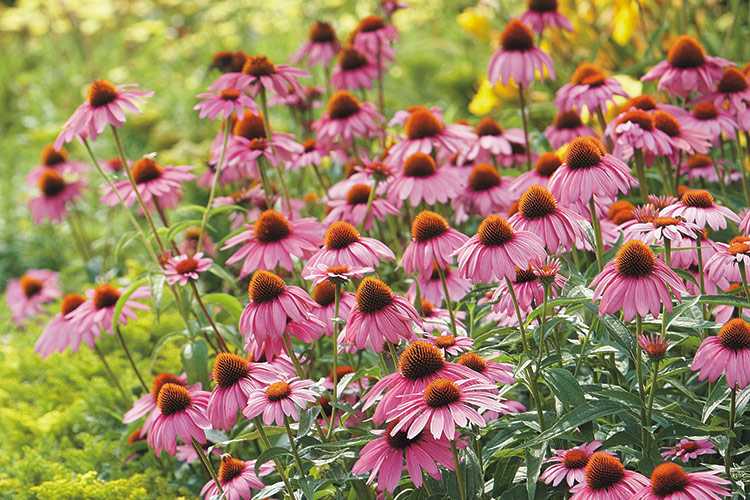
For more information about moonbeam coreopsis companion plants, please visit Garden Wiki.
FAQ of moonbeam coreopsis companion plants
Question 1: What are some good companion plants for Moonbeam coreopsis?
Answer: Moonbeam coreopsis is a versatile plant that can be paired with a variety of other plants. Some good companion plants include:
- Echinacea (coneflower): This plant has similar growing requirements to Moonbeam coreopsis and blooms at the same time. The contrasting colors of the two plants will create a beautiful display in your garden.
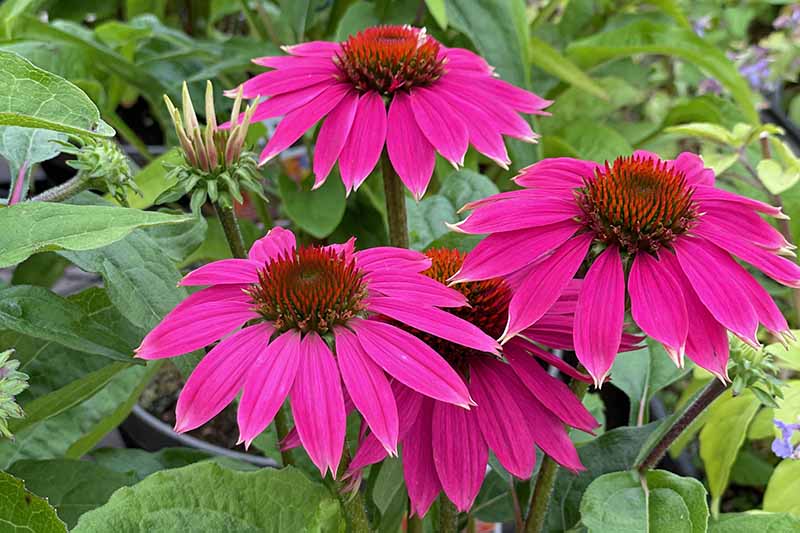
- Hemerocallis (daylily): Daylilies are another long-blooming plant that will add a touch of elegance to your garden. The tall, upright stems of daylilies will help to frame the shorter Moonbeam coreopsis plants.
- Monarda (beebalm): This fragrant plant is a magnet for pollinators, which will help to keep your garden healthy. The bright pink or red flowers of monarda will contrast nicely with the yellow flowers of Moonbeam coreopsis.
- Achillea (yarrow): Yarrow is a hardy plant that can tolerate a wide range of conditions. The feathery foliage of yarrow will add interest to your garden, and the white or yellow flowers will provide a pop of color.

- Gaillardia (blanket flower): Gaillardia is a colorful plant that blooms from early summer to fall. The contrasting colors of the gaillardia and Moonbeam coreopsis will create a beautiful display in your garden.
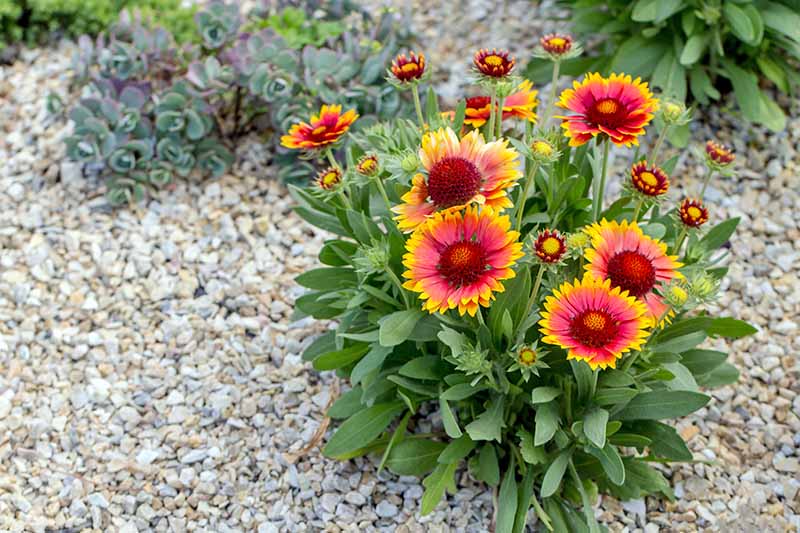
Question 2: How does Moonbeam coreopsis spread?
Answer: Moonbeam coreopsis spreads by rhizomes. This means that the plant sends out underground stems that produce new plants. The rhizomes can spread quickly, so it is important to plant Moonbeam coreopsis in an area where it has plenty of space to grow.
Question 3: What are some tips for planting Moonbeam coreopsis companion plants?
Answer: When planting Moonbeam coreopsis companion plants, it is important to consider the following factors:
- Sunlight: All of the plants listed above require full sun.
- Water: Moonbeam coreopsis and most of its companion plants are drought-tolerant, but they will appreciate regular watering during the hot summer months.
- Soil: These plants prefer well-drained soil.
- Spacing: Moonbeam coreopsis and its companion plants should be spaced about 12-18 inches apart.
Question 4: What are some common pests and diseases that affect Moonbeam coreopsis?
Answer: The most common pests that affect Moonbeam coreopsis are aphids, spider mites, and slugs. These pests can be controlled with insecticidal soap or neem oil. The most common diseases that affect Moonbeam coreopsis are powdery mildew and rust. These diseases can be prevented by planting in a well-drained location and avoiding overhead watering.
Question 5: How do I care for Moonbeam coreopsis companion plants?
Answer: Moonbeam coreopsis and its companion plants are relatively low-maintenance plants. They require regular watering during the hot summer months, but they are otherwise drought-tolerant. These plants should be deadheaded to encourage continued blooming. In the fall, they should be cut back to the ground.
Image of moonbeam coreopsis companion plants
5 different images of "moonbeam coreopsis companion plants" from Pinterest:
- Coreopsis and lavender: These two plants have similar growing requirements and complement each other's colors well. Lavender's deep purple blooms provide a striking contrast to Moonbeam coreopsis's light yellow flowers.

- Coreopsis and black-eyed Susans: These two native North American plants are both drought-tolerant and attract butterflies and other pollinators. Black-eyed Susans' dark centers provide a nice contrast to Moonbeam coreopsis's light yellow petals.

- Coreopsis and Russian sage: Russian sage's tall, spikes of blue flowers add vertical interest to a garden, while Moonbeam coreopsis's spreading habit helps to fill in the spaces.

- Coreopsis and yarrow: Both yarrow and Moonbeam coreopsis have feathery foliage and daisy-like flowers, so they make a good match for each other. Yarrow's white, pink, or red flowers add a touch of brightness to a garden.

- Coreopsis and coneflowers: Coneflowers and Moonbeam coreopsis are both long-blooming perennials that attract butterflies and other pollinators. Coneflowers' tall, daisy-like flowers come in a variety of colors, including purple, pink, and white.

Post a Comment for "The Best Companion Plants For Moonbeam Coreopsis: Create A Beautiful And Lowmaintenance Garden"